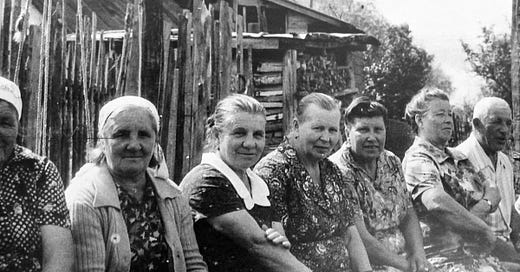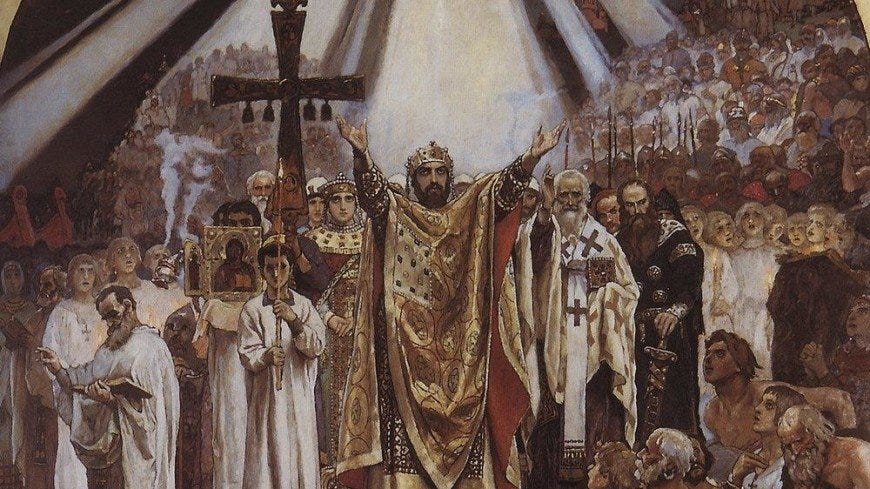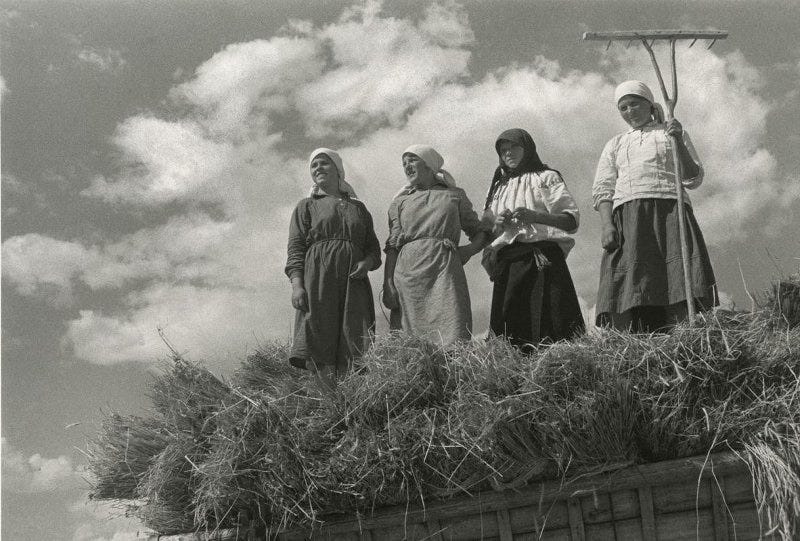Throughout my years of researching Slavic witchcraft and traditions, a few definitive patterns started to emerge. Knowing these patterns is very helpful for those who are unfamiliar with the culture but want to learn more and are not sure where to start. The path to reconnecting with one’s heritage can be treacherous as there’s a lot of information out there, and it can be hard to make sense of it all.
These principles, however not exhaustive, can be used as a guiding system when learning new things about your heritage.
Underdeveloped Mythology and Deity Pantheon
While the jury is still out on whether the Christianisation of Eastern Europe was forced or voluntary ( probably a mix of both), it has undoubtedly affected the development of our folklore and traditions. While rich in stories and legends, Slavic mythology often appears less structured and documented compared to the mythologies of ancient Greece or Rome. This is partly due to the oral tradition of storytelling and the aforementioned Christianization of the Slavic peoples, which resulted in fewer written records. However, gods and goddesses like Perun (god of thunder), Veles (god of the underworld, cattle, and commerce), and Mokosh (goddess of fertility and women) are well-known figures.
"The Baptism of Rus'." A fresco by V. M. Vasnetsov in the Saint Vladimir Cathedral in Kyiv.
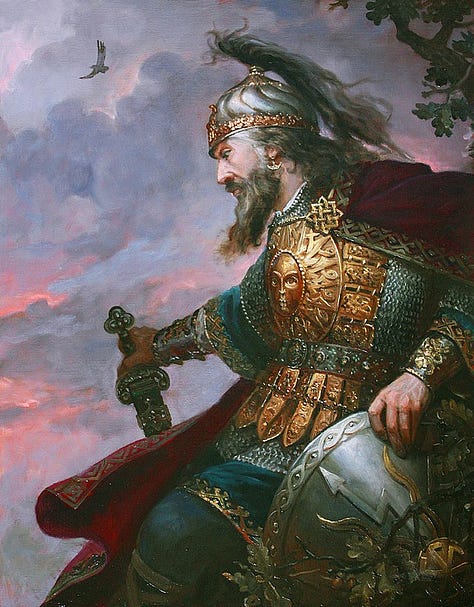
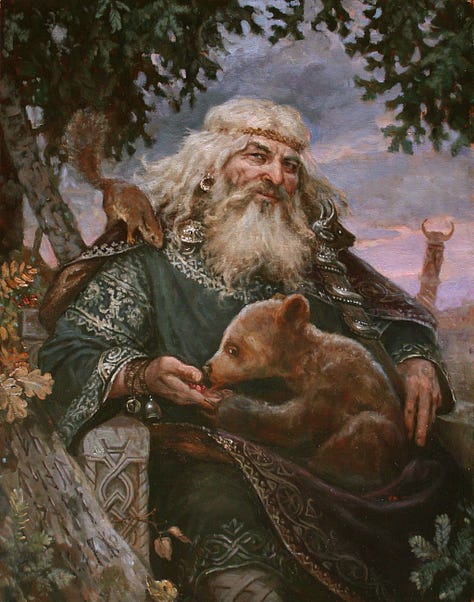
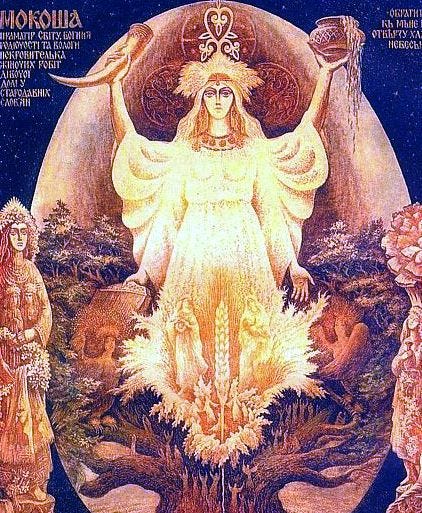
Syncretism with Eastern Orthodox Religion:
While not unique to Eastern Europe, the blending of pagan traditions with Eastern Orthodox Christianity is still a hallmark of Slavic spirituality. Many pre-Christian deities and spirits were integrated into Christian worship as saints, and pagan rituals were repurposed or synchronized with Eastern Orthodox holidays. Certain celebrations and practices have molded so closely that they are indistinguishable.
Prevalence of Spirits rather than typical Deities
Slavic folklore is populated by myriad spirits and entities representing natural forces, household guardians, and ancestral protectors rather than a pantheon of highly anthropomorphized gods, which, as we mentioned above, was not very developed. Some of the most popular spirits include Domovoi (household spirit), Leshyi (forest spirit), Vodianoi (water dweller), and many MANY more.
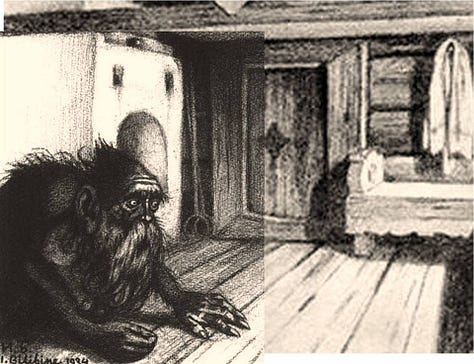
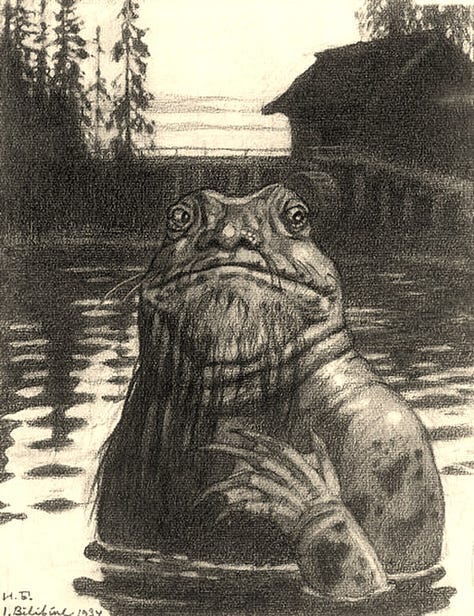

Duality of the spiritual world:
Many Slavic spirits embody the dual nature of the world around us, being neither inherently good nor evil. For example, Leshyi and Rusalki can be benevolent or malevolent depending on one’s behavior and actions towards them, which is reflective of the unpredictable nature of water and forest. This duality underscores a worldview that sees nature and the spirit world as complex and morally ambiguous.
Focus is on Ancestral work:
Death has been an accepted part of life in many Slavic countries and Ancestral work has often played a big role in one’s preparation for death. Multiple rituals and celebrations spread out throghout the year were designed to honor and communicate with the spirits of the deceased. This practice emphasizes the connection between the living and their ancestors, seeing family and community as extending beyond the physical realm.
Folklore and tradition are closely tied to seasons and nature:
The Slavic calendar mimics the cycles of nature, with festivals and rituals marking the changing seasons, agricultural cycles, and celestial events. These traditions, deeply entwined with folklore, celebrate the earth's fertility, the sun's journey, and the rhythms of nature.
"Kolkhoz Women", 1934, Mikhail Grigorievich Prekhner
Slavic “homogeneity” Myth
While there are common themes and motifs in Slavic folklore and witchcraft, there is also a great deal of regional variation, South and West Slavic practices very significantly from the ones in the North and the East. Even the general expectation of homogeneity in Russia is a colonial myth, meant to create a “united nation”, where in reality there’s an infinite amount of variety within the country. The tapestry of Slavic practices is very diverse, even neighboring villages will have variations of the same songs, dances and event dates.
I see this as a reflection of the closeness of our practices to nature’s creativity and the vastness of human imagination; nature is nothing if not ingenious.
Female spiritual leadership:
Anywhere outside of the church, historically, women were always in charge of any spiritual activity, whether that’s Pominki for the deceased or celebration of the season’s change. Women often play a central role in maintaining and performing folk traditions and rituals, embodying the roles of healers, seers, and keepers of ancestral wisdom. This matriarchal aspect of Slavic spirituality highlights the importance of women in the spiritual and cultural life of Slavic communities.

